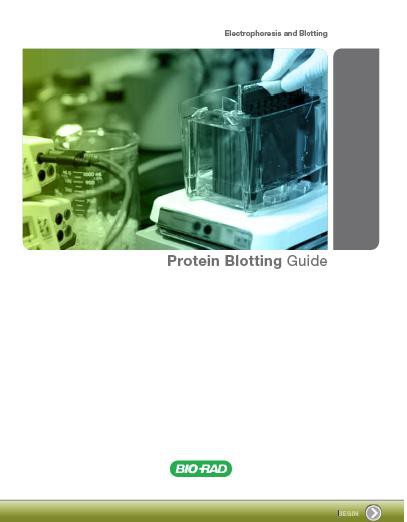In an interesting study, Professor Martin Gruebele from the University of Illinois, led a team that developed a way to watch how unfolded proteins move through a cell using a fluorescent microscope and three-dimensional diffusion modeling.
While it had been widely considered that, due to their large size, unfolded proteins move slower through cells than their folded counterparts, the current study found that interactions between unfolded proteins and chaperones play a large part in controlling the velocity of protein movement throughout the cell. In general, unfolded protein binds to chaperones which help facilitate their movement throughout the cell. When the ratio of unfolded proteins to chaperones becomes too high, the unfolded protein gets stuck in a cellular traffic jam which retards their movement throughout the cell.
In addition, unfolded proteins also bind to other non-chaperone proteins which, in effect, disrupt their flow within the cell.
The team plans to use a specialized microscope to study other proteins and how unfolding affects their diffusion, to see if the properties they observed are universal or if each protein has its own response.
Citation: Guo M, Gelman H, Gruebele M (2014) Coupled Protein Diffusion and Folding in the Cell. PLoS ONE 9(12): e113040. doi:10.1371/journal.pone.0113040
Tags: protein interaction















